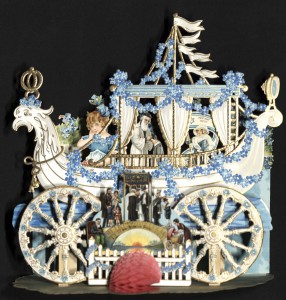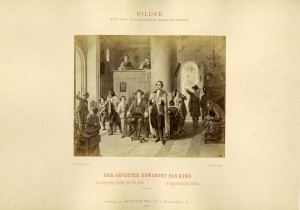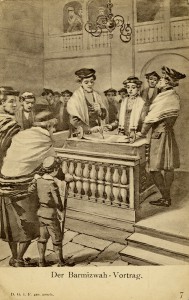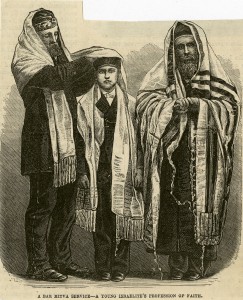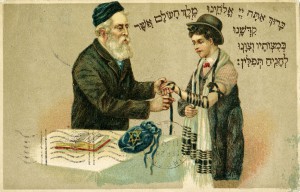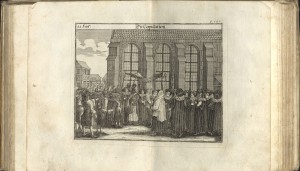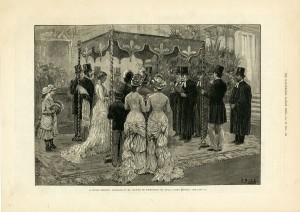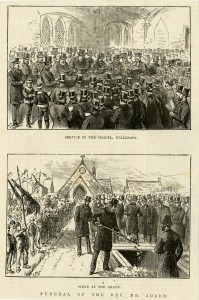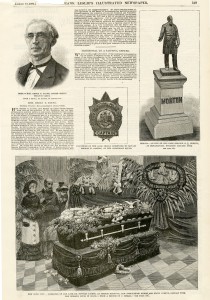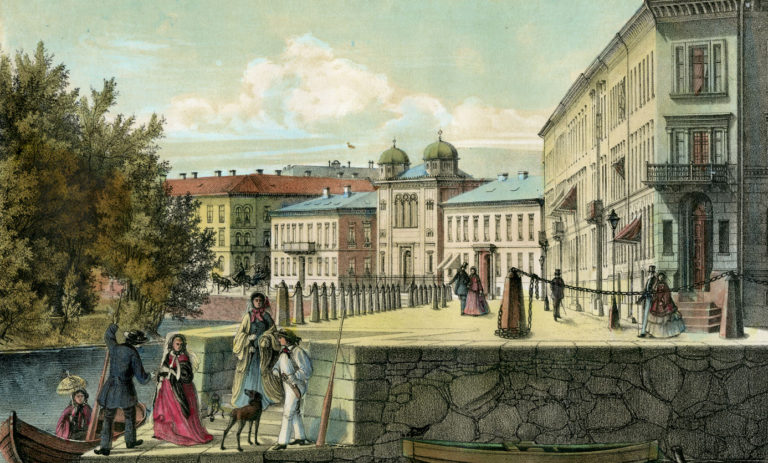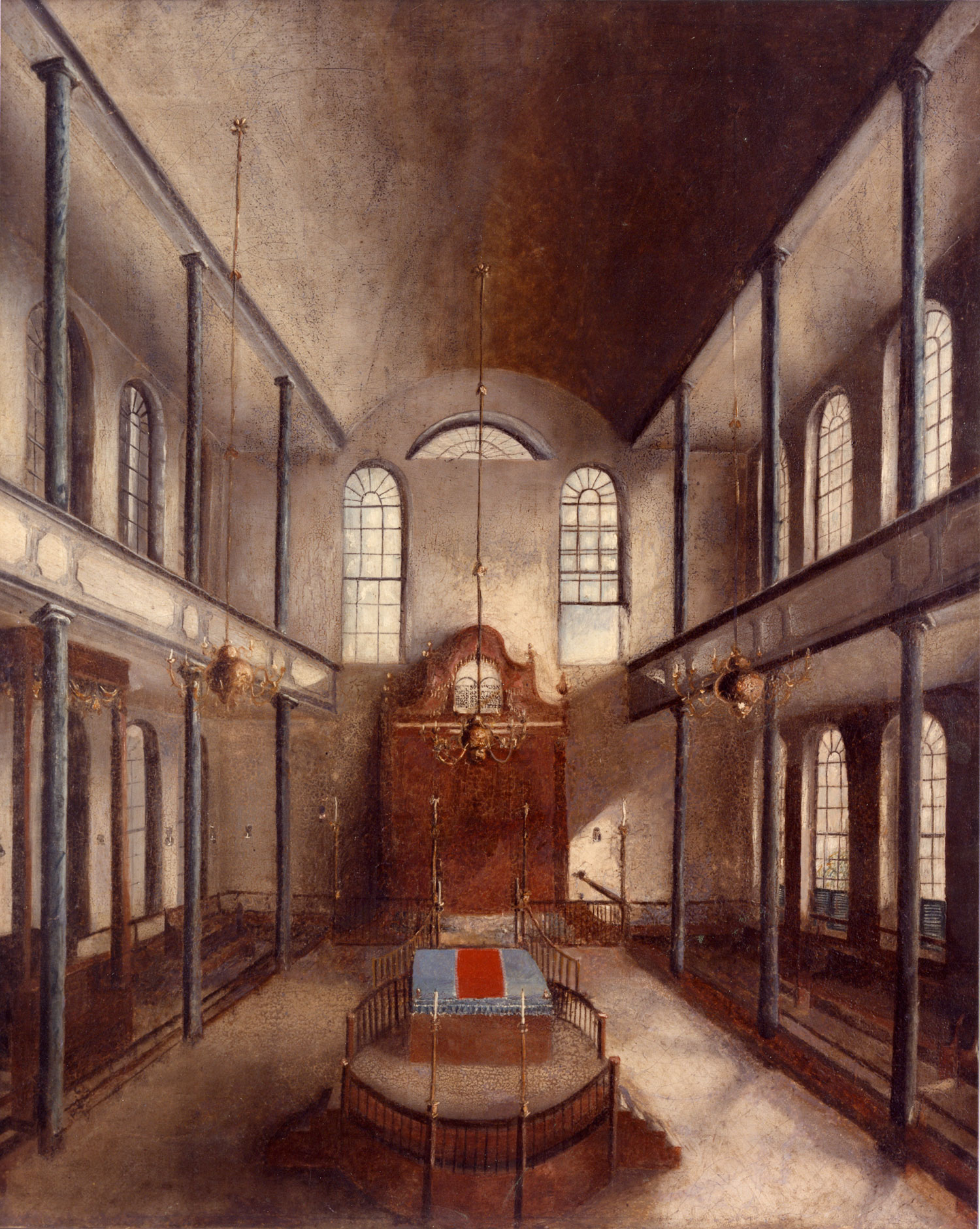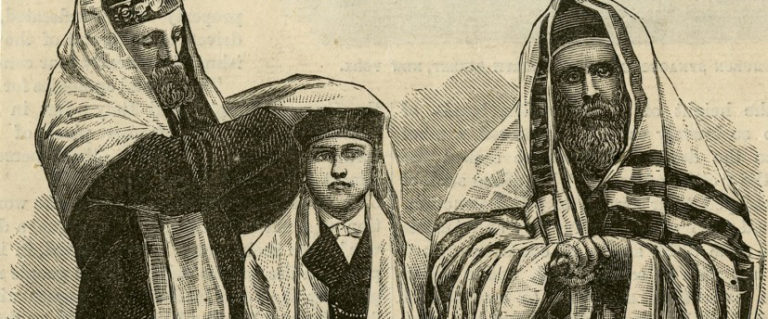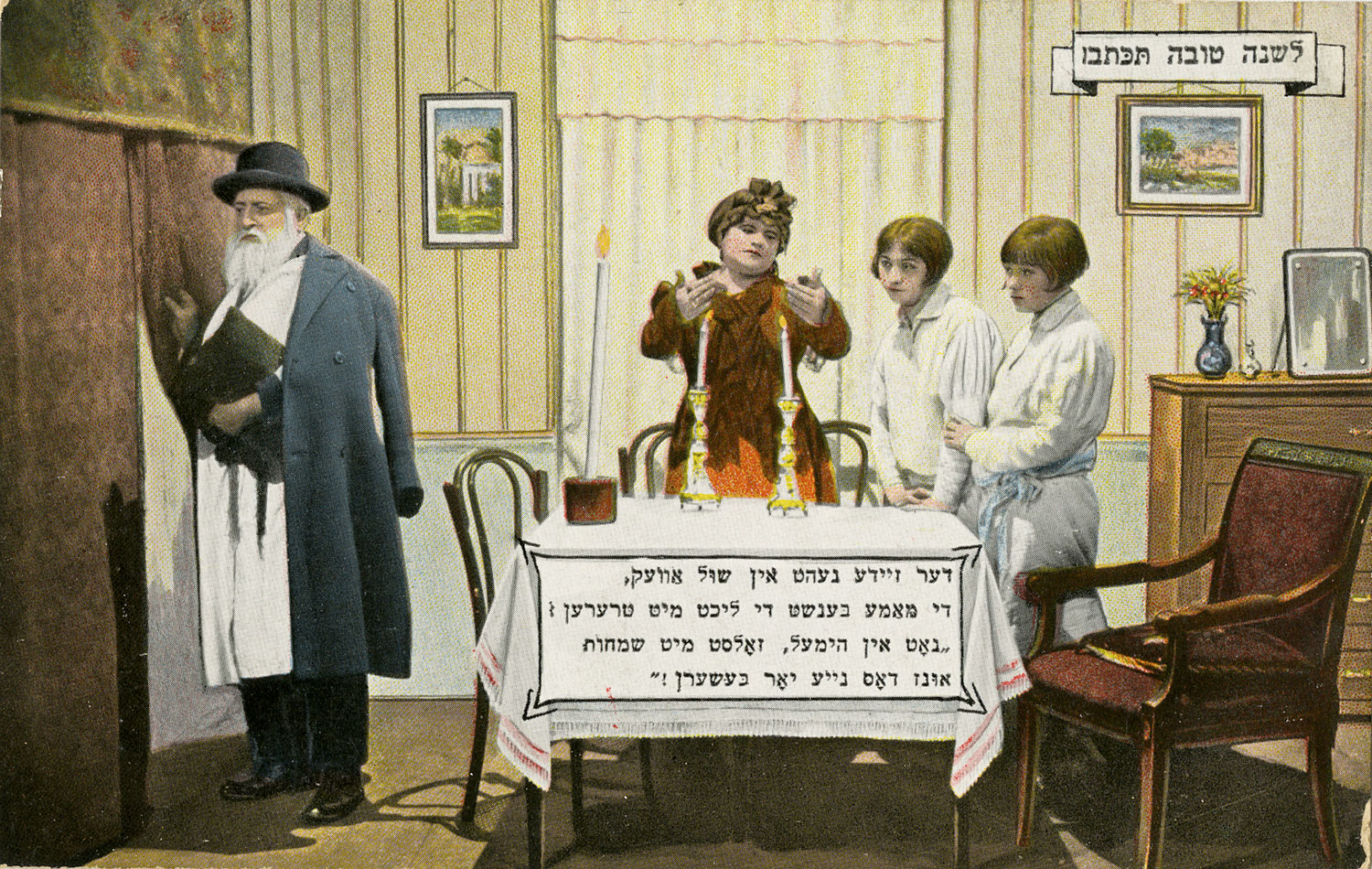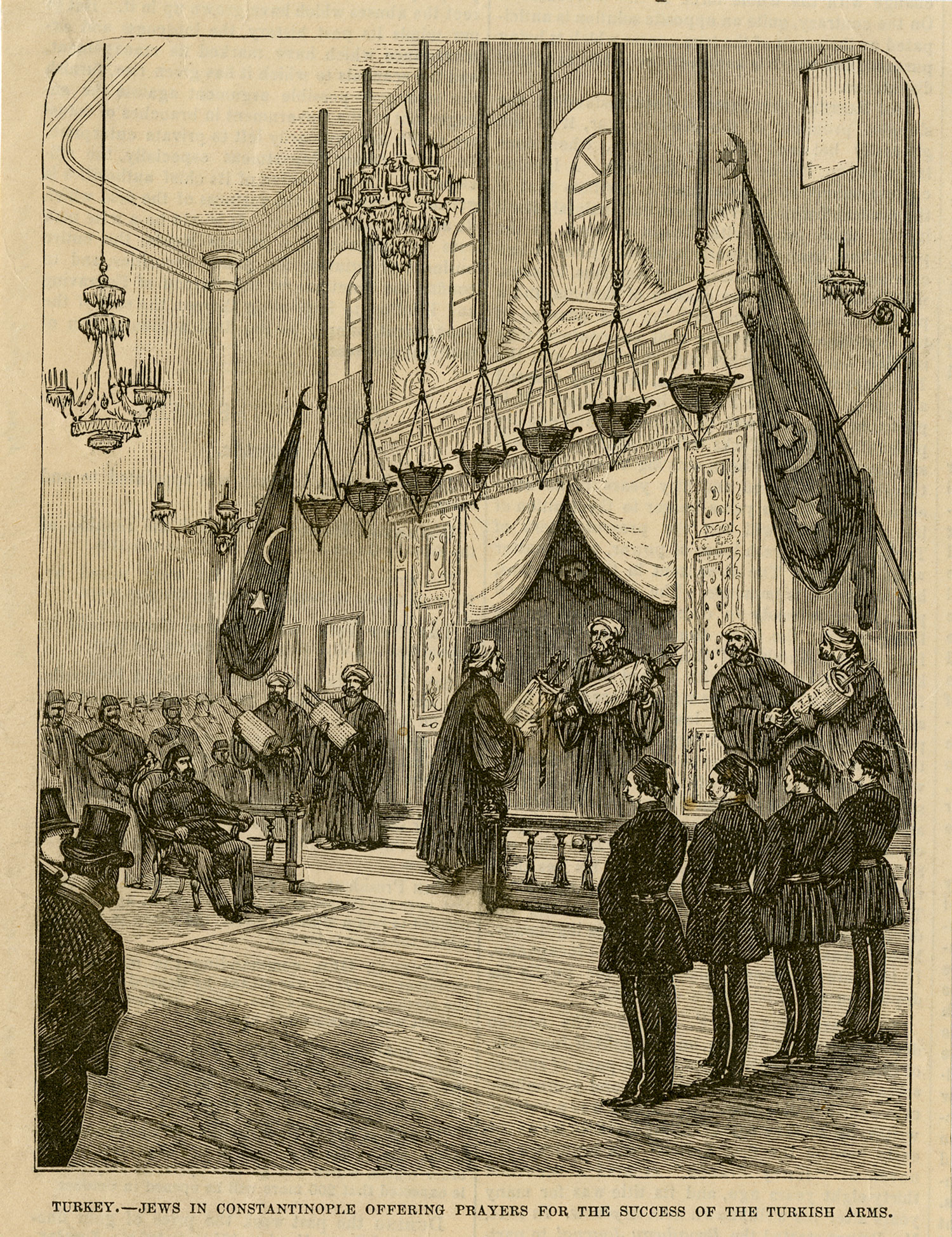Section 5. Lifecycle
Aside from being a place for prayer, study, and the celebration of religious festivals, the synagogue fulfills another vital function in the life of the community. It has often been the site of important life cycle events for Jews, increasingly so in the last two centuries. Many ceremonies previously performed in the home or at secular venues have been moved to the synagogue and are now celebrated as more formalized community events. Foremost among these life cycle events are a boy’s circumcision, his bar mitzvah (and now, for many Jewish girls, a bat mitzvah), and weddings and funerals.
German Rabbi Leopold Stein (1810–1882) wrote in his introduction to the famous portfolio of images of Jewish life by Moritz Daniel Oppenheim: “The Christian world does not know Judaism very well and makes little effort to get to know it. Accordingly, these pictures are also of such great value for learning about Judaism, for they reveal in such an appealing way its most intimate spiritual life.” Most of the materials in the William A. Rosenthall Judaica Collection, including the selection featured in this section, were created for a wide audience of both Jews and Christians. The intended audience of 18th-century polemicists and ethnographers, and of popular illustrators of 19th-century newspapers, was mostly Christian; Jews, of course, enjoyed and perused them, too. Eventually Jewish artists, starting with Moritz Daniel Oppenheim, began to create images portraying life cycle events, which were widely reproduced for Jewish viewers in a variety of formats.
These images were descriptive and could be as didactic as the earlier imagery created by Christian ethnographers, but some were distinctly nostalgic and could be used to foster Jewish identity and a shared visual culture. Moreover, as Cyril Reade has pointed out, they could function polemically, serving as a recommendation for or admonishment against certain behaviors. In the art of Oppenheim, or even of his French “rival” Alphonse Lévy, traditionalists could find portrayals of rituals to be cherished and repeated. Reformers, however, looking at the same pictures, might feel embarrassed, finding outdated and unruly scenes of disorder and indecorum. Reade cites Rabbi Leopold Stein’s use of Oppenheim’s circumcision painting as a way to promote change, pointing out in a disapproving manner the “informal behavior of the congregants in the painting, most evident in the rambunctious behavior of the boys, mak[ing] the house of worship the site of an event that is eminently social.” Such social scenes not only provide insight into Jewish ritual but also might inspire evolution in the practice of such rituals, demonstrating that traditions were not immutable but varied among time periods, communities, and branches of Judaism.
